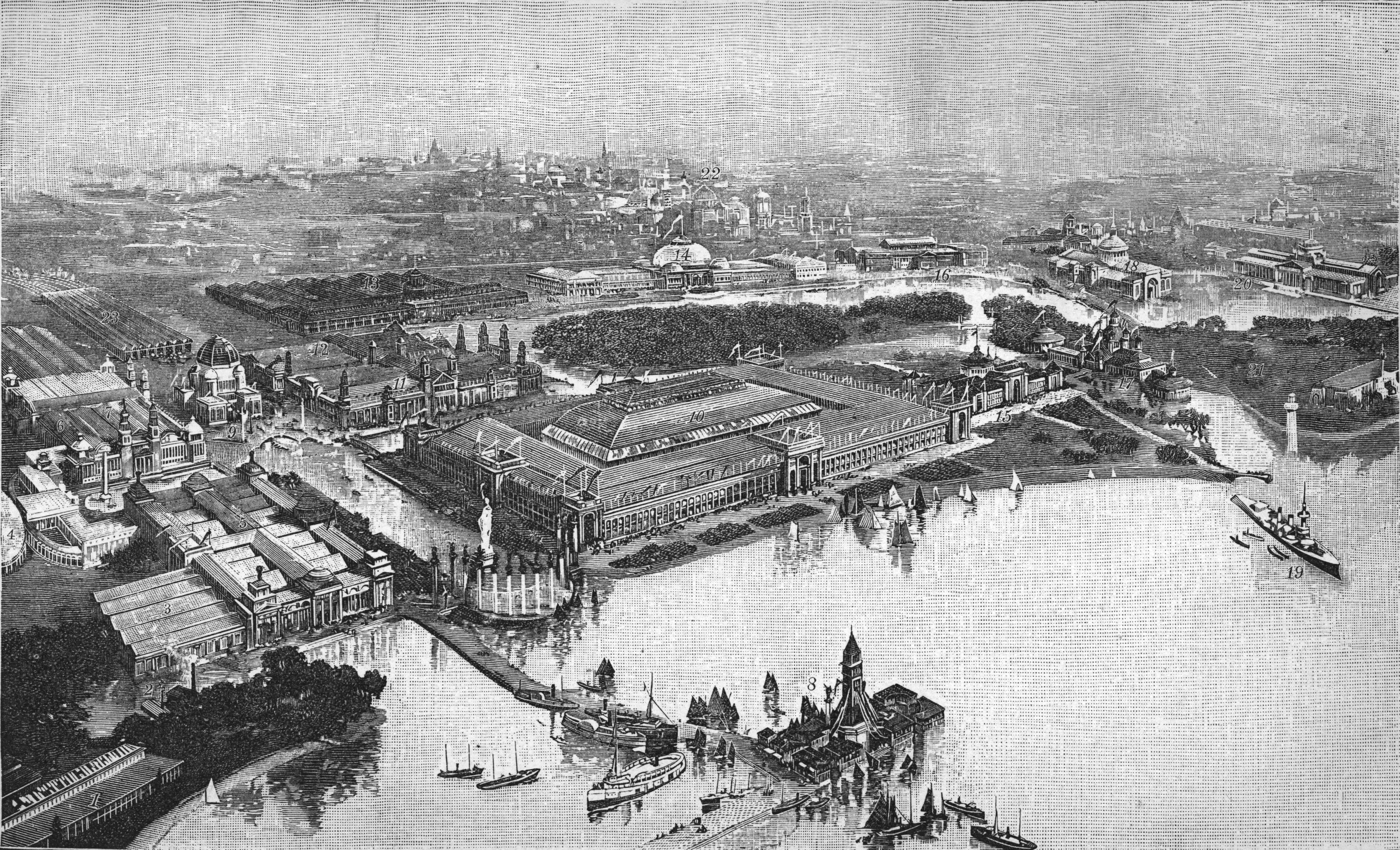Frank Thomas Gannon and his sister, Bridget Adeline Gannon arrived in the United States from Ireland in 1885. I have been trying to imagine how their lives would be in Chicago. What I am presenting here is a brief sampling for your enjoyment.
Law enforcement ignored the abundant vices and I picture my ancestors strolling past bars (okay, perhaps they went in these), gambling houses, and bordellos.
The city was dirty and dark with acrid smoke stinging their nostrils. In the winter, coal smoke was so thick that it made visibility drop to a distance of about one block.
The city was -- and still is -- a bustling place. When Frank and Bridget arrived, the noise in the city would have been deafening. Up to 1,000 trains came and went in Chicago on a daily basis. All variety of horse drawn and human powered vehicles were clattering through the city on their metal clad wheels. Looking out today, it is over 90-degrees and the humidity is high. Imagine all that noise and having no way to close it out of your life.
Harm Huizenga, a Dutch immigrant who arrived in Chicago during the World's Fair of 1893 and began hauling garbage the following year at $1.25 a wagon-load. Even knowing there was garbage collection, there would still have been trash in the streets. I've seen historical photos of horses left dead in the streets, and they would have remained there through the next seasons.
In my Master Naturalist class, we talked about how garbage, dead animals and fecal waste were dumped into rivers and lakes. On the BFI web site, they have this tidbit in their garbage time line.
- 1896 Chicago's City Council records its concern for the death rate in the 19th Ward, which has eight miles of unpaved roads that can't be swept, roads "polluted to the last degree with trampled garbage, excreta and other vegetables and animal refuse of the vilest description."
To learn more, read Garbage Wars which is about the politics of garbage in Chicago. The book shows how garbage affects residents in vulnerable communities and poses health risks to those who dispose of it. David Naguib Pellow follows the trash, the pollution, the hazards, and the people who encountered them in the period 1880-2000. What unfolds is a tug of war among social movements, government, and industry over how we manage our waste, who benefits, and who pays the costs.
1885: First Skyscraper
When Frank and his sister Bridget arrived in 1885, the first sky scraper was being constructed. Though small by today’s standards at only nine stories, the Home Insurance Building (demolished) was the tallest of its time. William LeBarron Jenney achieved this architectural feat by designing the first weight-bearing steel frame. From that point forward, up was the only way to build city buildings.

No comments:
Post a Comment